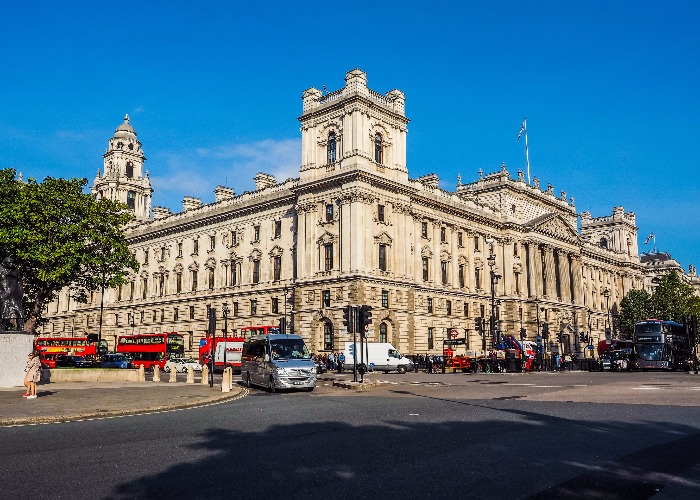Government debt crisis: how public spending compares to a typical household’s

The extent of the Government’s debt problems are laid bare in new loveMONEY analysis.
If the typical household spent like our Government, they would have gone more than £2,200 overdrawn in the last year, loveMONEY analysis has found.
It highlights the challenges Chancellor Philip Hammond faces as he prepares to deliver his Autumn Statement speech tomorrow.
On the one hand, there are numerous parts of society crying out for investment, but on the other the Government is already spending well beyond its means.
A practical illustration
In order to compare Government finances to the typical household’s, we needed to start by comparing incomes.
Economic data site UKPublicRevenue.co.uk says Government revenue for the last tax year was £681.8 billion, while HM Treasury puts its total spend at £753 billion.
Looking at the typical household, income is £25,700 after tax, according to the Office for National Statistics (ONS).
So by way of comparison, that means they would have shelled out £27,960 if they had spent like our Government does.
In other words they would have gone £2,260 overdrawn!
Where the household’s money goes
Extending the comparison, we looked at where the household’s biggest outlays would be.
Work and Pensions is the biggest annual bill, costing £,6782 followed by the NHS at a hefty £6,269.
Other notable outlays include £2,674 on Education, £1,779 on defence and a whopping £1,723 just repaying the interest on their debt!
Speaking of which, our typical household is currently £105,000 in the red.

Just a broad example
It’s worth stressing that these comparisons are not exact – many of the spending and revenue data figures available are rounded off to the nearest million.
However, they do outline the size of the challenge facing the UK in general when it comes to reducing Government spending.
For example, you’d essentially have to scrap all spending on Education just to wipe out the deficit.
And that’s before we even consider our massive debts…
*UK household income figures are from the Office for National Statistics. Government spend figures are from the Treasury. Revenue figures are from UKPublicRevenue.co.uk. Debt figures from the Office for Budget Responsibility and The National Debt Clock.
Read more on loveMONEY:
The surprising cost of chasing cheap mortgages
Average household 'throws away more than £12,000 worth of food a year'
Comments
Be the first to comment
Do you want to comment on this article? You need to be signed in for this feature